The W-Nikkor 3.5cm f/2.5 I covered in part 1 of this short series exceeded expectations. Reading about a lens is one thing, but using it is quite another. And just because a lens looks good on paper doesn’t necessarily mean it will appeal to a particular photographer and make them get out there and shoot. A lot of the time aspects that have little to do with optical quality, such as size, can set a lens apart from similar offerings. And if pocketable camera gear floats your boat, it doesn’t get much better than the W-Nikkors for LTM.
I don’t quite remember how exactly I encountered the W-Nikkor.C 2.8cm f/3.5, I’m guessing Ebay is to blame. You throw your net wide enough, you will find some must-have goodies. But other than a hunch that it might be an interesting lens I didn’t have much to go by.
Background
There seems to be very little information on the W-Nikkor.C 2.8cm f/3.5 lens online, even less featuring sample photos. There isn’t even an entry on it in Nikon’s lens history section, The Thousand and One Nights. There’s just a brief mention in story number 12 dedicated to the Nikkor-H Auto 2.8cm f/3.5 about how the rangefinder lens was a benchmark they intended to supersede when designing the SLR lens. It’s a single-coated, symmetrical, Orthometar-type, non-retrofocus design released in 1952 for LTM and S-mount. I wasn’t sure what to expect from it but I did hope it wasn’t going to be significantly inferior to the 3.5cm.
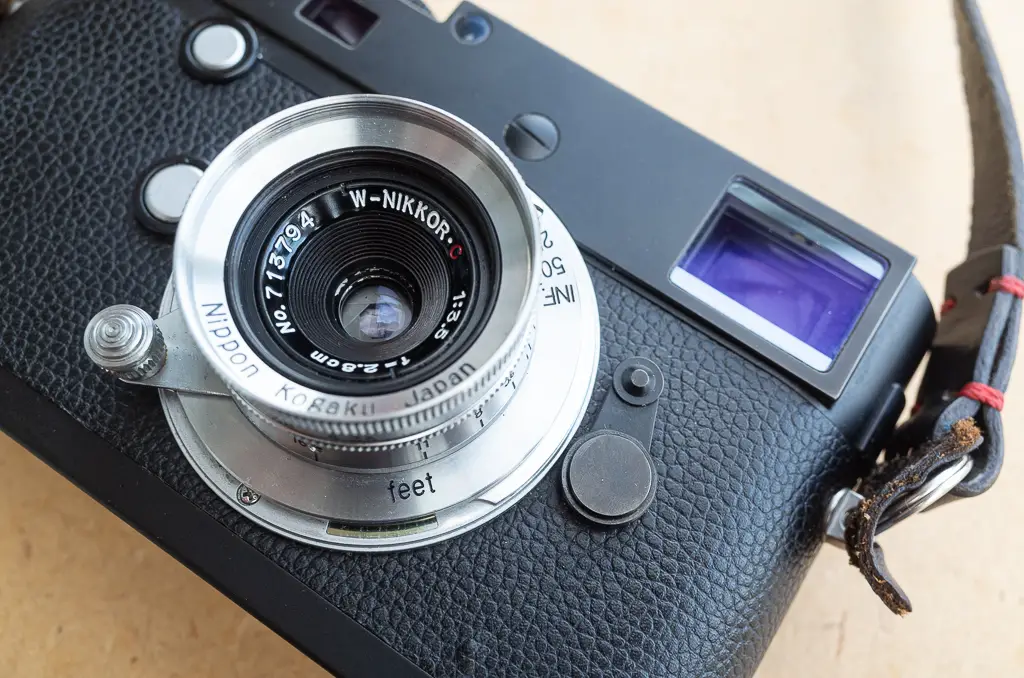
Build and handling
The W-Nikkor.C 2.8cm f/3.5 looks pretty much like a twin of the 3.5cm. It’s slightly shorter at about 21mm, same width (35mm), ~180 degree focus throw, 1 metre minimum focusing distance, 34.5mm filter thread, comes equipped with an infinity lock. The 8 straight blade aperture stops down to f/22 at 1-stop clicks. And just as in the case of the 3.5cm lens, the viewfinder blockage is zero.
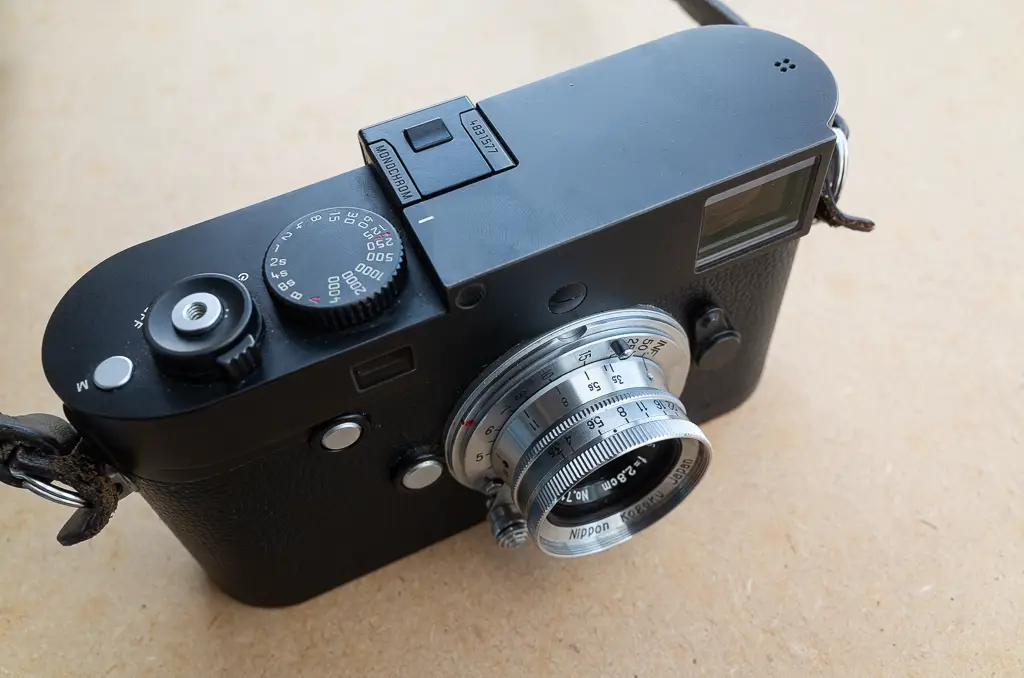
LTM or S-mount?
The LTM version can be adapted to a digital Leica without any issues and will bring up the 28mm framelines if used with the correct adapter (requires the version with the cutaway to accommodate the infinity lock).
The S-mount version might unfortunately interfere with the focus cam at shorter distances so if you’re going to use this lens on a Leica M, definitely go for the LTM version.
Filters and hood
Same as in the case of the 3.5cm lens, the filter thread on the W-Nikkor.C 2.8cm f/3.5 is 34.5mm. The front of the lens is the same size so you can use the A36 filters or a SOOGZ adapter. The only “but” here is, the mouth of the lens is slimmer and so the clamp-on filter will overlap the dot indicating the selected aperture. This is a minor inconvenience as you can always line one of the screws of the filter up with the dot to know at a glance which aperture is currently selected.
I am yet to acquire a hood for it (they are out there but cost hundreds of pounds) but I figure the SOOGZ adapter might potentially come in handy and allow a generic 39mm screw-in hood.
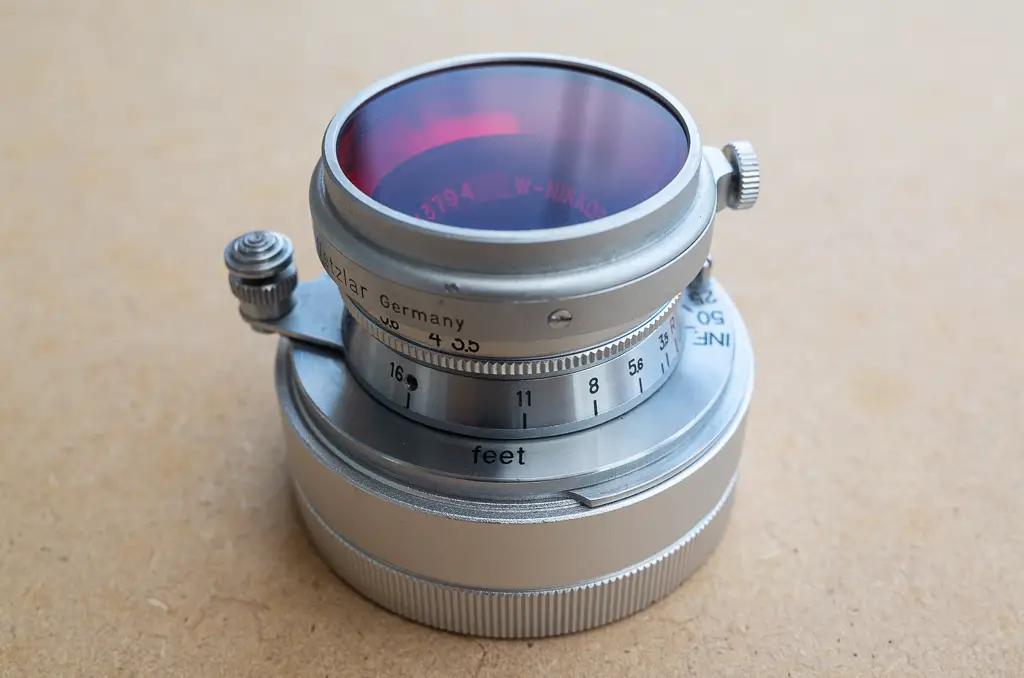
Image quality
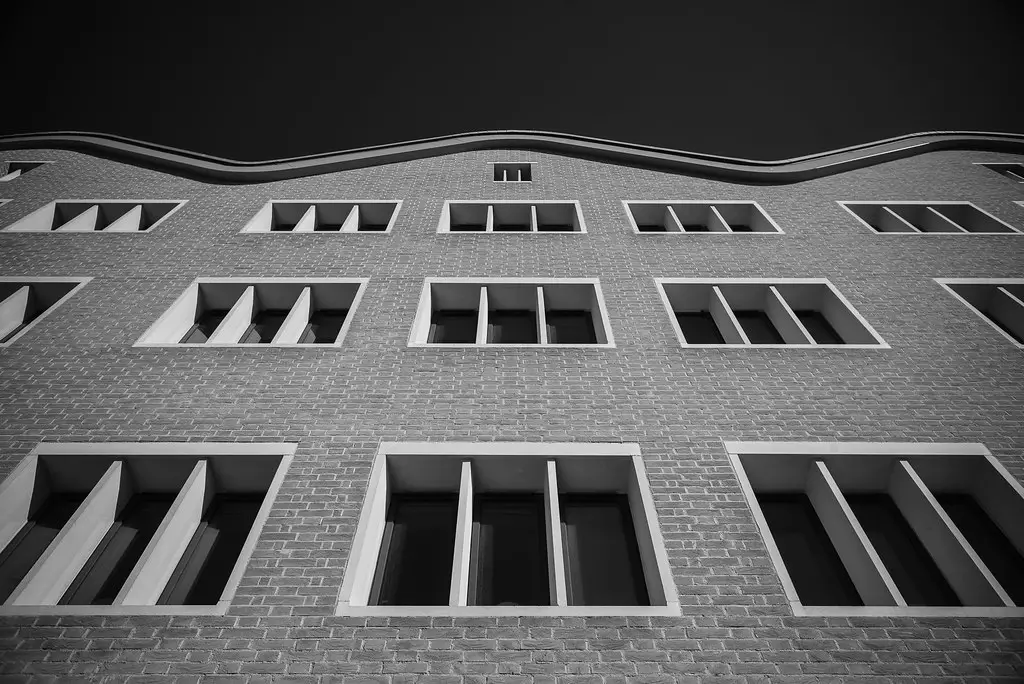
The image quality from the W-Nikkor.C 2.8cm f/3.5 exceeds that of the 3.5cm lens in most regards. I find it produces better sharpness that’s also more uniform across the entire frame. Forgive my getting quite technical here, but the images pack just a tiny but noticeable bit more oomph. The contrast is excellent and distortion is nowhere to be found.
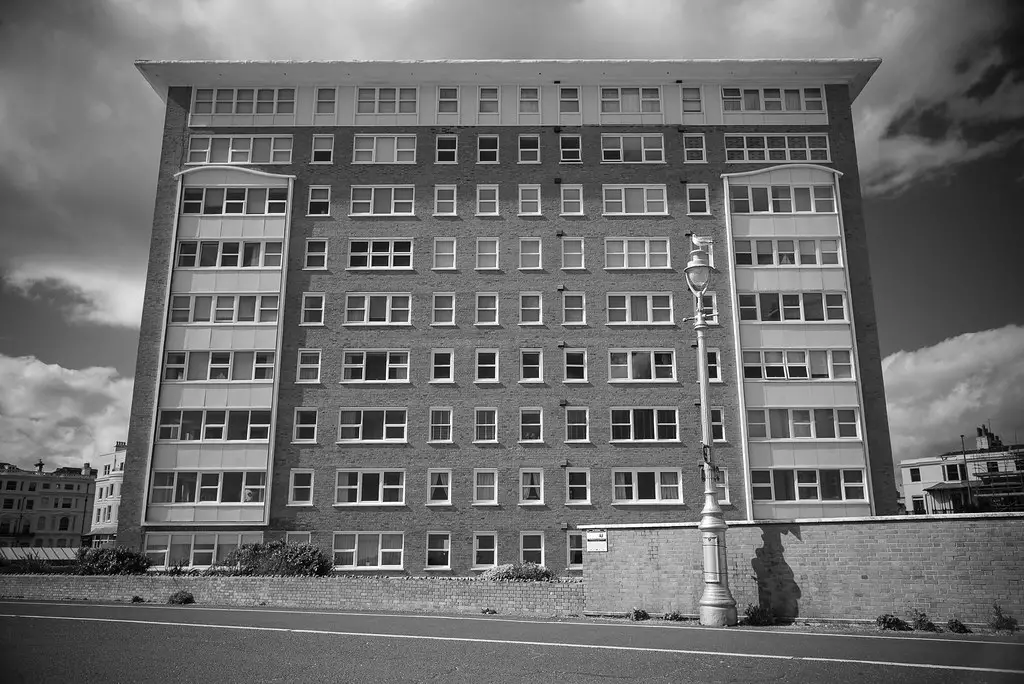
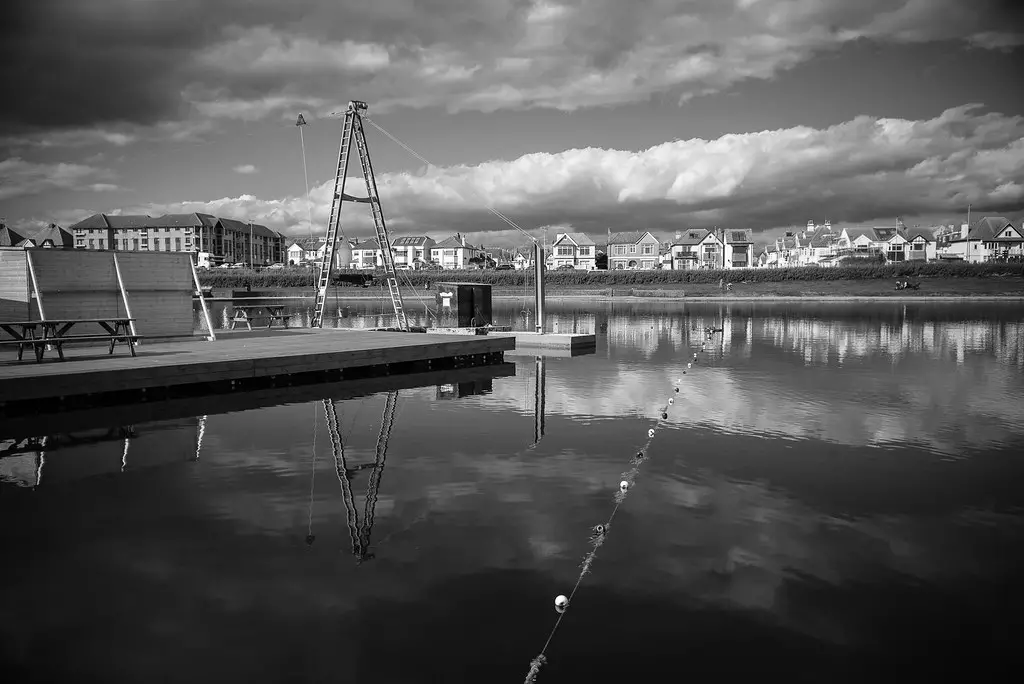
As far as downsides go, the vignette is more pronounced (although I wouldn’t call it heavy), which I personally like but not everyone does. Flare-resistance is nowhere near as good as the 3.5cm. The bokeh is once again very nervous but how crucial is a creamy bokeh in a relatively slow wide angle lens?
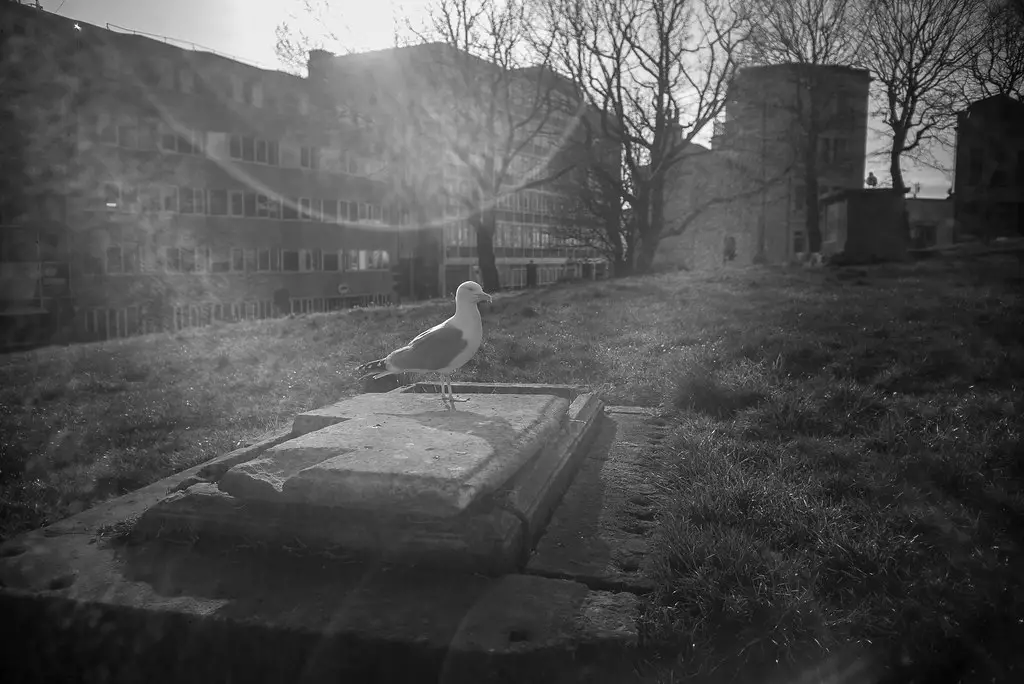
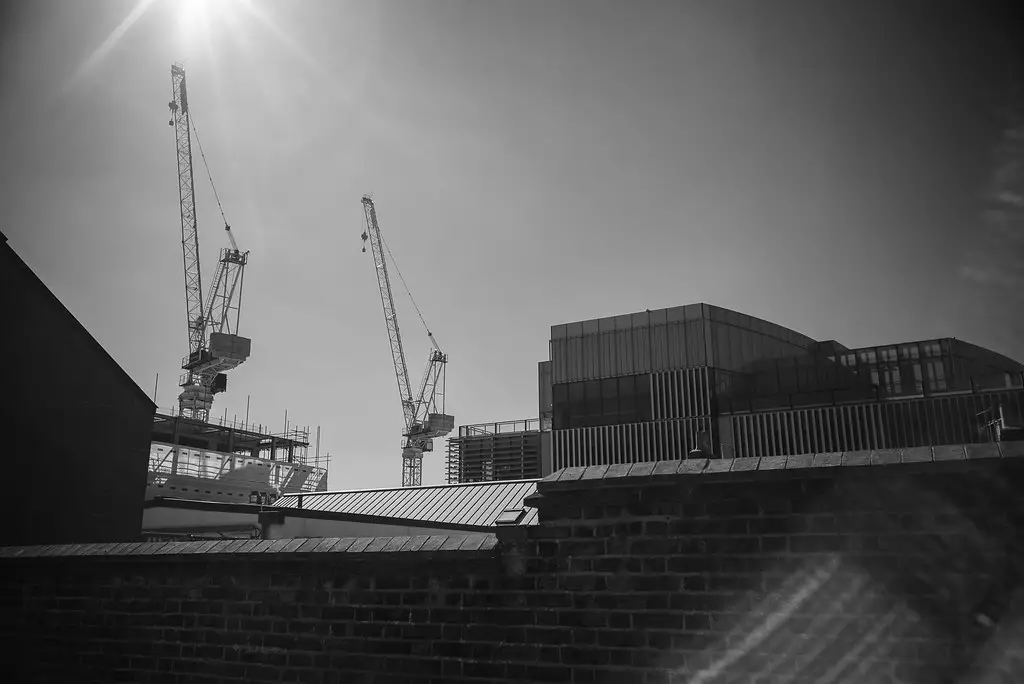
There’s of course the simple matter of personal preference – 35mm or 28mm? Personally, I find the 2.8cm, due to its slightly wider angle, proves to be more useful in everyday shooting. In almost every other regard the lenses go head-to-head, with the 2.8cm having a slight edge (in my purely subjective opinion). For a day trip somewhere I pack this lens and the 8.5cm and I’m good to go!
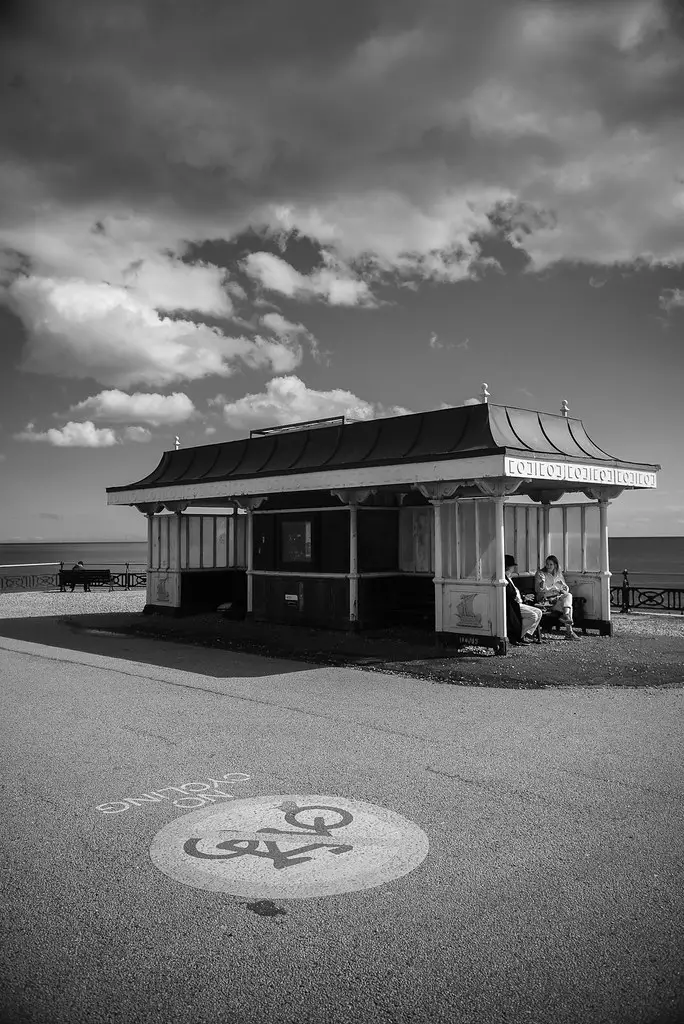
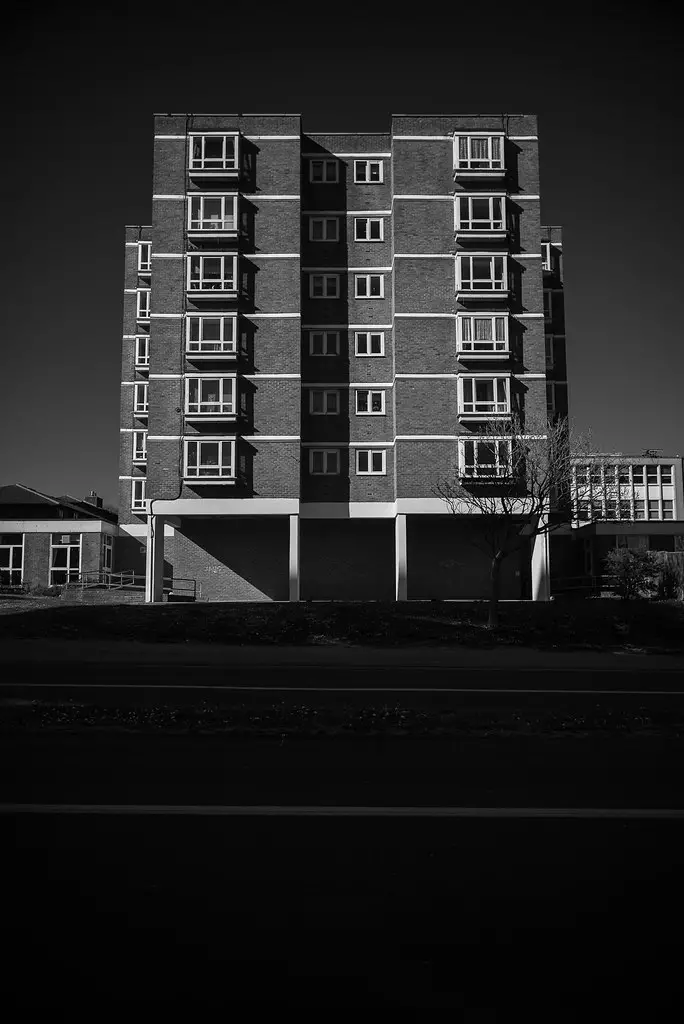
Final Thoughts
The W-Nikkor.C 2.8cm f/3.5 is the third 28mm lens for Leica that I’ve used. The others were Voigtlander 28mm f/2 Ultron and MS-Optical 28mm Perar f/4 Super-Triplet. The Voigtlander’s selling point was the fast aperture but in practice it proved to be quite soft (although perhaps there was something off with my copy because it generally garners positive reviews). MS-Optical is an incredibly thin pancake which unfortunately feels quite flimsy, and the 19mm filters for it (if you do manage to screw them into the teeny tiny hood) are as hard to find as 34.5mm. The W-Nikkor.C 2.8cm f/3.5 is a totally different class in terms of quality of build and is by far my favourite 28mm lens.
Share this post:
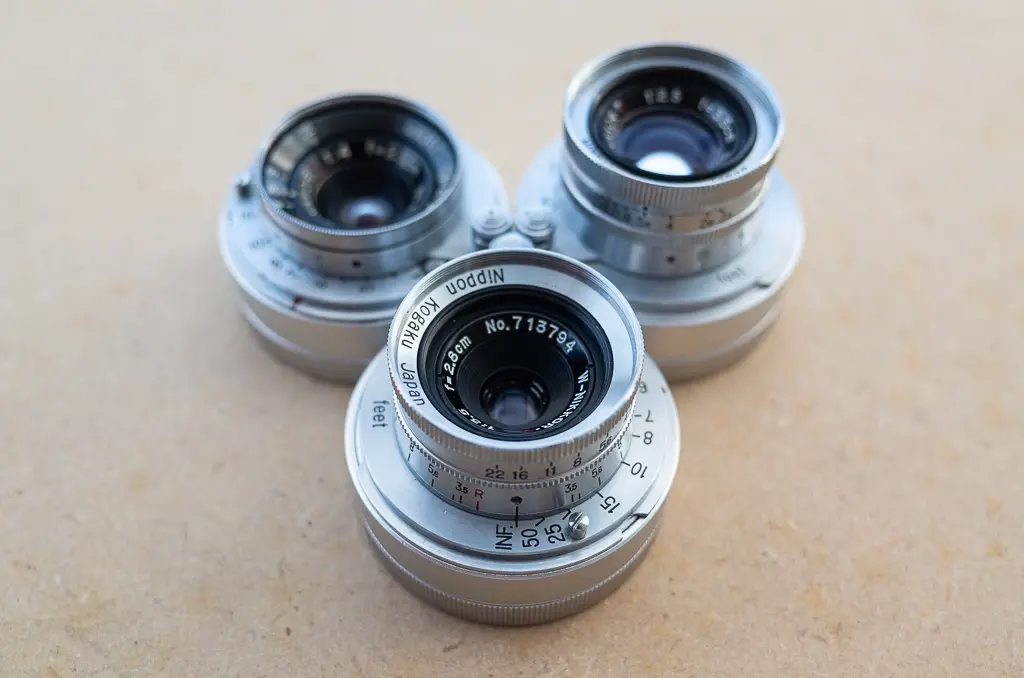








Comments
Mike Watkins on Nikon (Nippon Kogaku) W-Nikkor.C 2.8cm f/3.5 LTM – Nikon’s Tiny Gems, pt 2 – By Agata Urbaniak
Comment posted: 04/10/2021
Neal A Wellons on Nikon (Nippon Kogaku) W-Nikkor.C 2.8cm f/3.5 LTM – Nikon’s Tiny Gems, pt 2 – By Agata Urbaniak
Comment posted: 04/10/2021
I don't know how it would compare with the Nikon but I suspect most would be happy with either.
Daniel on Nikon (Nippon Kogaku) W-Nikkor.C 2.8cm f/3.5 LTM – Nikon’s Tiny Gems, pt 2 – By Agata Urbaniak
Comment posted: 04/10/2021
Comment posted: 04/10/2021
Jonathan Leavitt on Nikon (Nippon Kogaku) W-Nikkor.C 2.8cm f/3.5 LTM – Nikon’s Tiny Gems, pt 2 – By Agata Urbaniak
Comment posted: 04/10/2021
Kurt Ingham on Nikon (Nippon Kogaku) W-Nikkor.C 2.8cm f/3.5 LTM – Nikon’s Tiny Gems, pt 2 – By Agata Urbaniak
Comment posted: 04/10/2021
Dan Castelli on Nikon (Nippon Kogaku) W-Nikkor.C 2.8cm f/3.5 LTM – Nikon’s Tiny Gems, pt 2 – By Agata Urbaniak
Comment posted: 05/10/2021
I took the 28 Voigtländer on a vacation to Ireland. I used my M-4P, and was less than happy with my results. Good looking lens, well built, but for me it just fell short.
Others may have had better results. Guinness did not play a factor in any of this.
Sroyon on Nikon (Nippon Kogaku) W-Nikkor.C 2.8cm f/3.5 LTM – Nikon’s Tiny Gems, pt 2 – By Agata Urbaniak
Comment posted: 02/11/2021
Comment posted: 02/11/2021
Comment posted: 02/11/2021